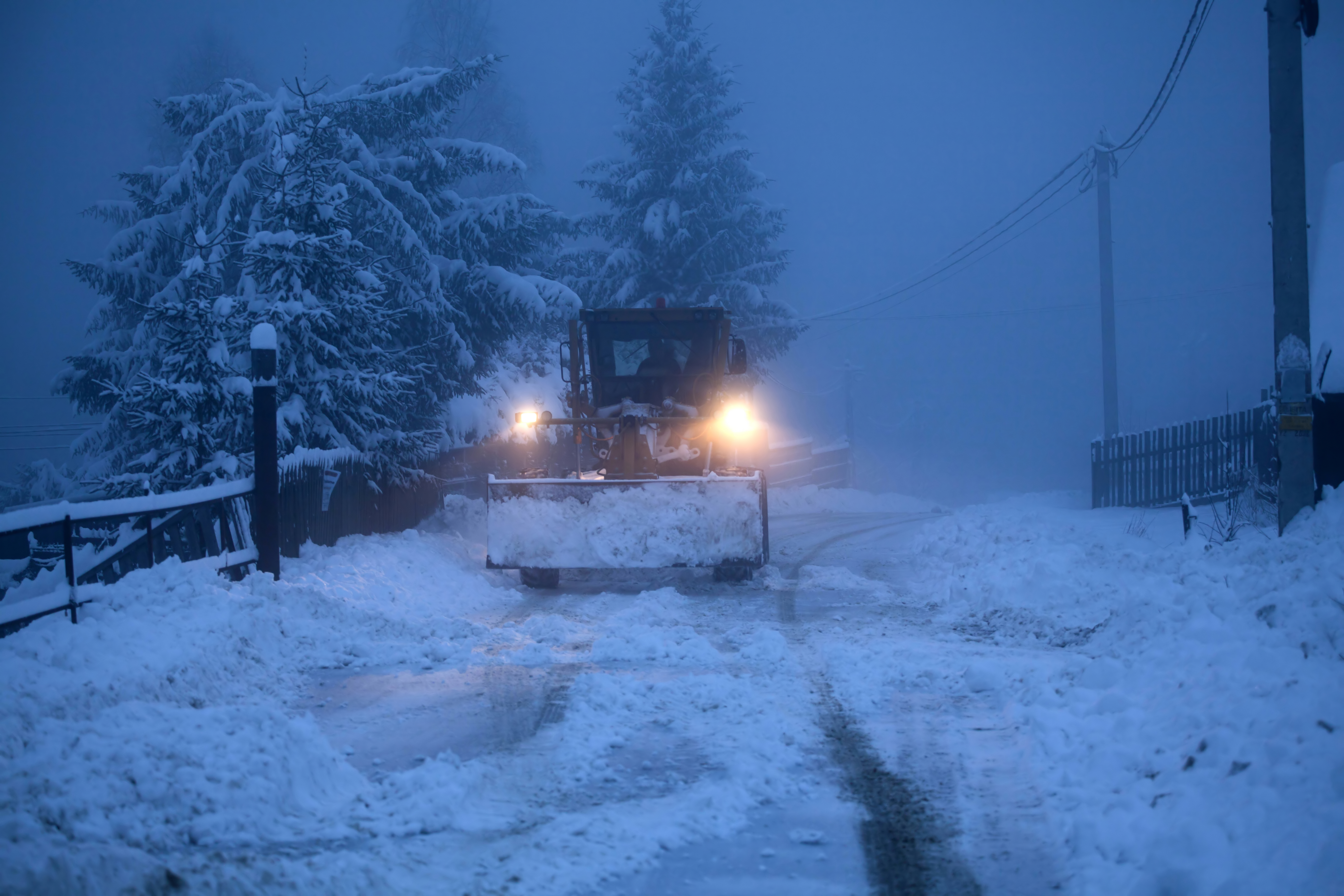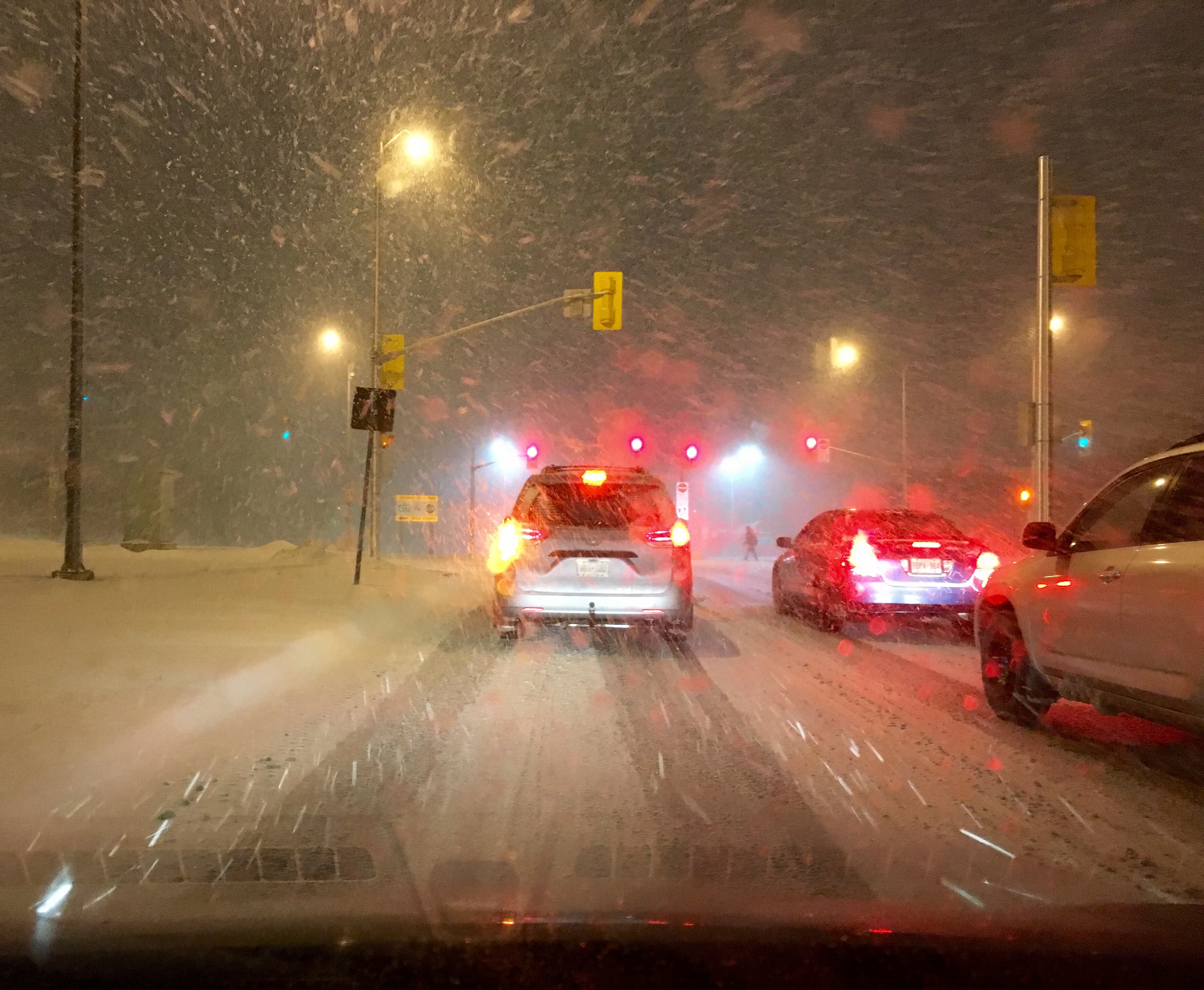Winter Weather Response Plan for Your Business - Part 3: Steps to Take During Winter Weather

When winter storms occur, it’s crucial for businesses to respond accordingly and do what they can to keep both their properties and people safe and secure. By acting swiftly and making informed decisions, businesses can effectively navigate these challenging events. Here are some key steps for businesses to take when winter weather strikes:
Execute response plans. As soon as winter storms arise, businesses should launch their BCPs, emergency response plans and data protection plans into action. While specific plan details can vary based on different weather scenarios and business operations, they generally consist of the following elements:
- Activating emergency response teams and instructing them to conduct their assigned tasks
- Having employees stay indoors as much as possible and only moving forward with essential transportation operations
- Securing all windows and doors to prevent frigid drafts, control indoor temperatures, and minimize possible water damage from snow and ice
- Opening water faucets slightly to allow them to drip and keep water flowing through the pipes to reduce the likelihood of them freezing or bursting
- Checking thermostats to ensure indoor temperatures remain above 40 degrees Fahrenheit
- Initiating predetermined snow removal and de-icing plans, with a focus on keeping walkways, parking lots and roof access points clear
- Redirecting company phone lines to cell phones or answering services (if necessary)
- Shutting down nonessential electrical equipment and turning off electrical switches amid power outages to prevent reenergizing hazards
- Implementing backup systems and power supplies in line with applicable safety protocols (e.g., not using electric generators within enclosed spaces, refraining from storing gasoline indoors where fumes could possibly ignite and utilizing heavy-duty extension cords to plug in critical equipment)
- Confirming that critical documents, records and files are secure and backing up this data to a secure secondary location
- Locating emergency kits and important contact information
 Maintain open communication. Upon deploying their response plans, businesses should also activate their communication procedures and speak openly with employees, customers and other stakeholders about the situation at hand. As storms press on, businesses should continue to check on these parties (especially those who are currently on-site) to ensure their safety and well-being and address possible injuries or illnesses.
Maintain open communication. Upon deploying their response plans, businesses should also activate their communication procedures and speak openly with employees, customers and other stakeholders about the situation at hand. As storms press on, businesses should continue to check on these parties (especially those who are currently on-site) to ensure their safety and well-being and address possible injuries or illnesses.
 Monitor the property. In addition to checking on their people, businesses should regularly patrol their properties during winter storms (as long as it is considered safe to do so) to look for signs of damage (e.g., electrical fires, broken pipes and roof leaks) and mitigate any concerns to help prevent further losses. If this damage becomes unsalvageable or poses potential safety hazards, businesses should evacuate the affected areas and seek assistance from the appropriate parties (e.g., emergency responders).
Monitor the property. In addition to checking on their people, businesses should regularly patrol their properties during winter storms (as long as it is considered safe to do so) to look for signs of damage (e.g., electrical fires, broken pipes and roof leaks) and mitigate any concerns to help prevent further losses. If this damage becomes unsalvageable or poses potential safety hazards, businesses should evacuate the affected areas and seek assistance from the appropriate parties (e.g., emergency responders).
Remain informed. Throughout winter storms, businesses should keep abreast of any relevant weather updates or alerts from federal, state and community platforms and threat intelligence systems, shifting their response measures as needed. In the event that winter storms become increasingly severe and it’s deemed unsafe to move around their properties or remain on-site altogether, businesses should be sure to follow any shelter-in-place or evacuation guidance from local officials.
Please contact us if you have any questions or concerns regarding winter weather and how it can effect your business. 910-762-8551 insurance@wellins.com


